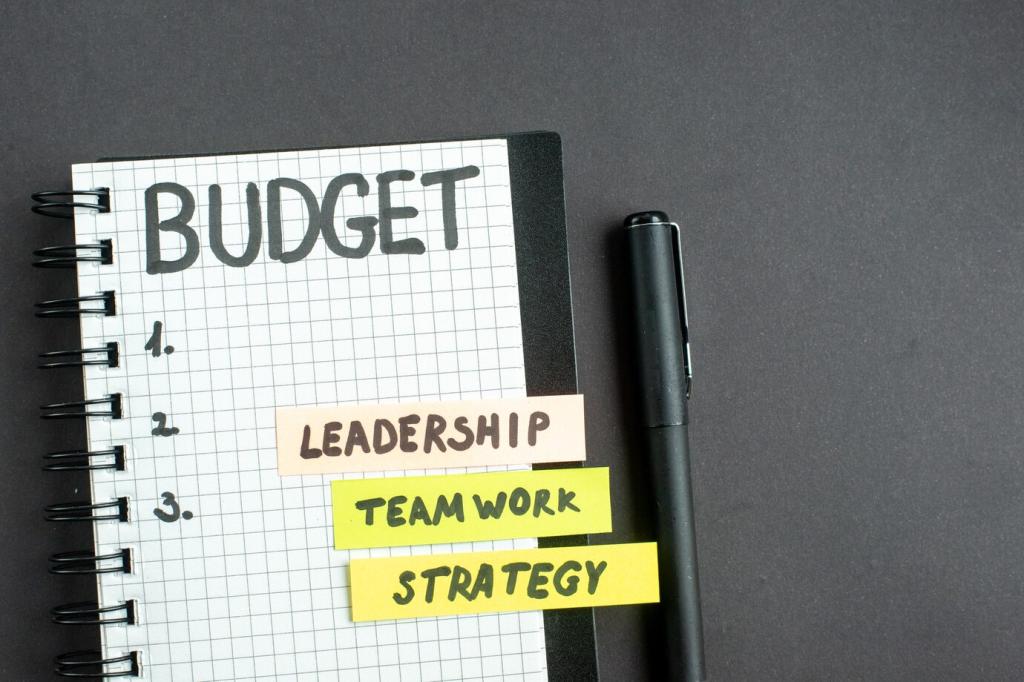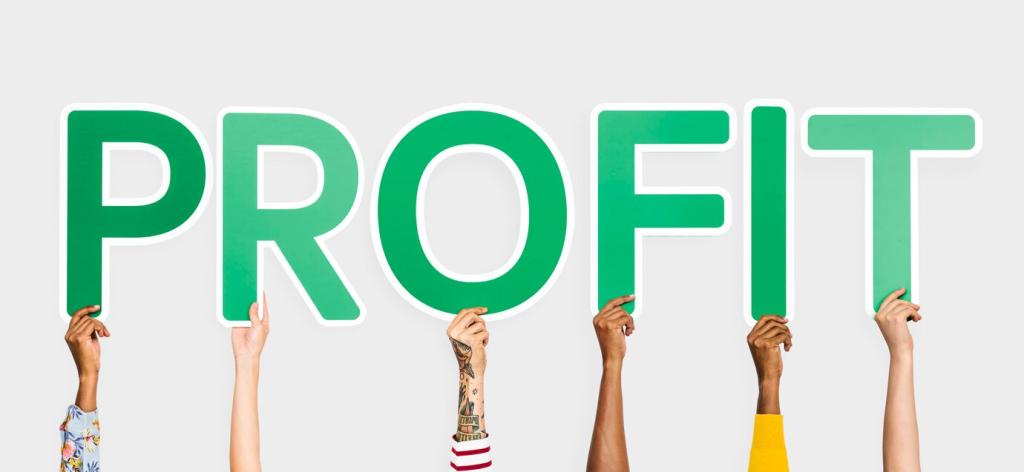Debt, Credit, and Big Goals
Snowball attacks smallest balances first for emotional wins; avalanche tackles highest interest for mathematical efficiency. Many apps simulate both, showing payoff dates and total interest saved so you can choose the path that fits your psychology.
Debt, Credit, and Big Goals
Apps can surface score factors, utilization trends, and upcoming payment due dates. Focus on accurate data and clear explanations. Avoid obsessing over tiny score changes; trends over months matter more than daily fluctuations that create needless anxiety.







